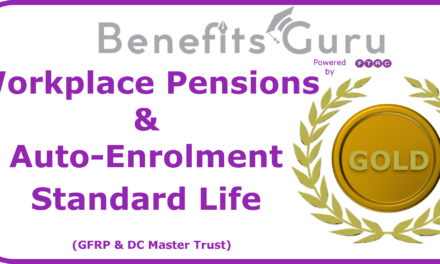In a previous insight we looked at payroll frequencies, and a general look at which providers integrate with the various payroll solutions. This insight is the first in a series where we look in detail at how providers integrate with some of the more commonly used payroll software.
Today we are taking a deeper dive at Xero, and how pension providers can integrate along each step of the workplace pension process and to what level.
Payroll is often seen as being as simple as hitting a button a remunerating staff, but the reality is it is far from that simple.
Beyond processing data and making payments for the company payroll, payroll professionals often contribute to finance and HR projects. However, they often find themselves snowed under by the daily grind of managing the company payroll, including managing workplace pension contributions.
Nowadays most payroll professionals use automated payroll management solutions to help them with the process.
Flexible integration between their workplace pension provider and their chosen payroll providers to accurately calculate employer contributions can make a big difference to the daily working life of payroll professionals.
As one of the most commonly used payroll systems, popular with both smaller employers and accountants, integration with Xero could be an important factor for HR and payroll professionals involved in the selection process of a workplace pension provider.
Xero is often deeply embedded within an organisation, handling the tracking and paying of invoices, VAT returns, expenses, payments, contacts, reporting, quotes, and tracking projects, along with managing payroll. Therefore, finding a workplace pension provider who can also work with the Xero payroll system can save a lot of employers quite some time.
Despite Xero’s popularity with smaller employers and accountants, our data shows that only four workplace pension providers currently have active integrations with Xero Payroll.
These four providers are Aegon Master Trust, Aegon Workplace ARC, Aviva Designer and Royal London.
We have identified 12 key steps in the process where data can be transferred between the payroll provider and pension company, and nine ways in which it can be transferred.
Getting data from one place to another can be a very manual process or an automated process via an Application Programming Interface (APIs). The nine ways, ranked in order as to what we see best, are:
- CSV File – manually mapped & uploaded by either the employer or payroll provider
- CSV File – generated by payroll provider
- CSV File – generated by payroll provider in an agreed file format and sent manually
- CSV File – generated by payroll provider in an agreed file format and sent automatically
- XML File – generated by payroll provider in an agreed file format and sent manually
- XML File – generated by payroll provider in an agreed file format and sent automatically
- API (own non-standard)
- API (standards based)
- API (standards based plus)
Royal London clients using Xero payroll are able to automate receiving auto-enrolment assessment of employees lists, receiving postponement notifications, receiving employer setup notifications, retrieving employer setup details, receiving auto-enrolment lists of assessed employees/enrolling workers notifications, receiving member contributions/auto-enrolment payroll update notifications, receiving setup details/joiners notifications, receiving payment approval notifications, receiving payment schedule/contribution notifications, receiving opt-out notifications, and retrieving refunds notifications.
Royal London does this on a CSV file basis, manually mapped and uploaded by either the employer or payroll provider.
Clients of Aegon Master Trust and Aegon Workplace ARC are able to automate all the same processes. However, both providers do this on a CSV file basis with the file generated by the payroll provider in an agreed file formal and sent manually.
Aviva Designer does things a little differently. Clients of this provider are not able to automate as many processes. However, some are done on an API (standards based) basis.
Generally, API integrations are the preferred method for most HR and payroll professionals as they offer a real-time and secure data connection from one software system to another. This limits the amount of rekeying of data and therefore the potential for human error or delays occurring, as well as limiting the amount of work that needs to be done by the employer.
The processes that can be automated on an API basis are receiving auto-enrolment assessment of employees list, receiving payment approval notifications, receiving set up details/joiners notifications, receiving payment schedule/contribution notifications, receiving opt-out notifications, and receiving stopped contributions notifications.
Clients of Aviva Designer are also able to automate retrieving employer setup details, but this is done on a CSV file basis, generated by the payroll provider in an agreed file format and sent manually.
Overall, our data shows that few workplace pension providers are able to actively integrate with Xero in order to save time and effort for employers who use their payroll system. It is also only Aviva Designer that do this on the generally preferred, and easier, API integration basis, however, Aegon and Royal London are able to integrate in more areas.








